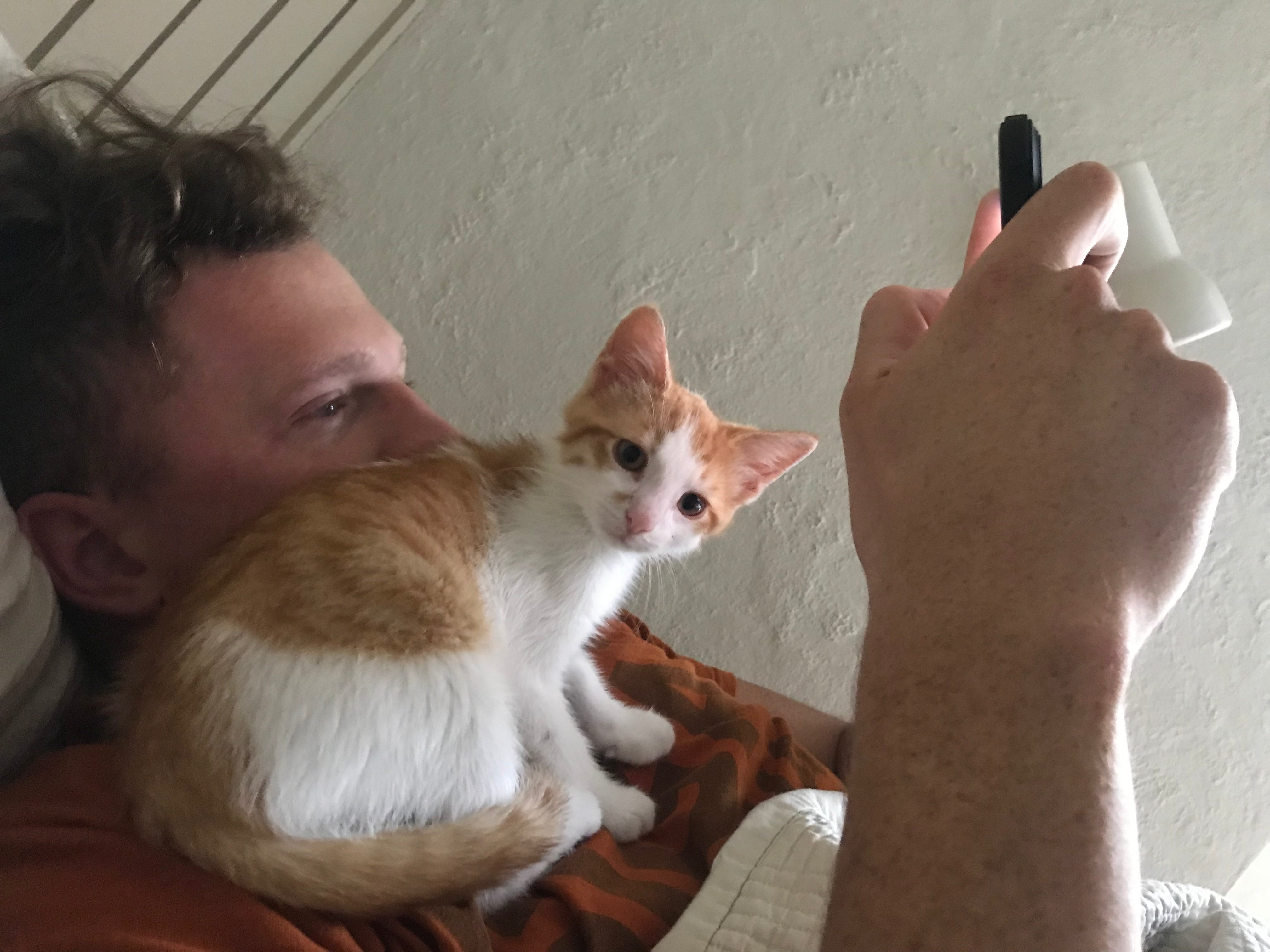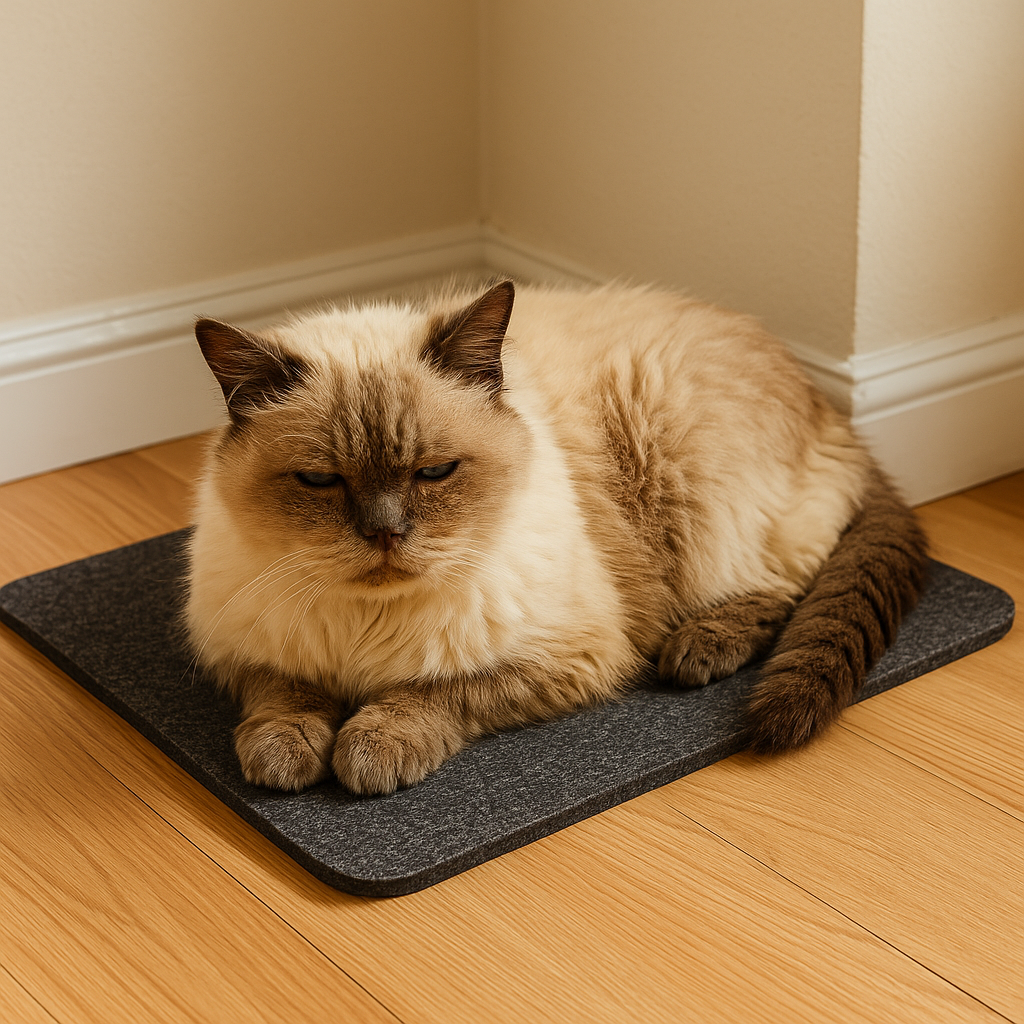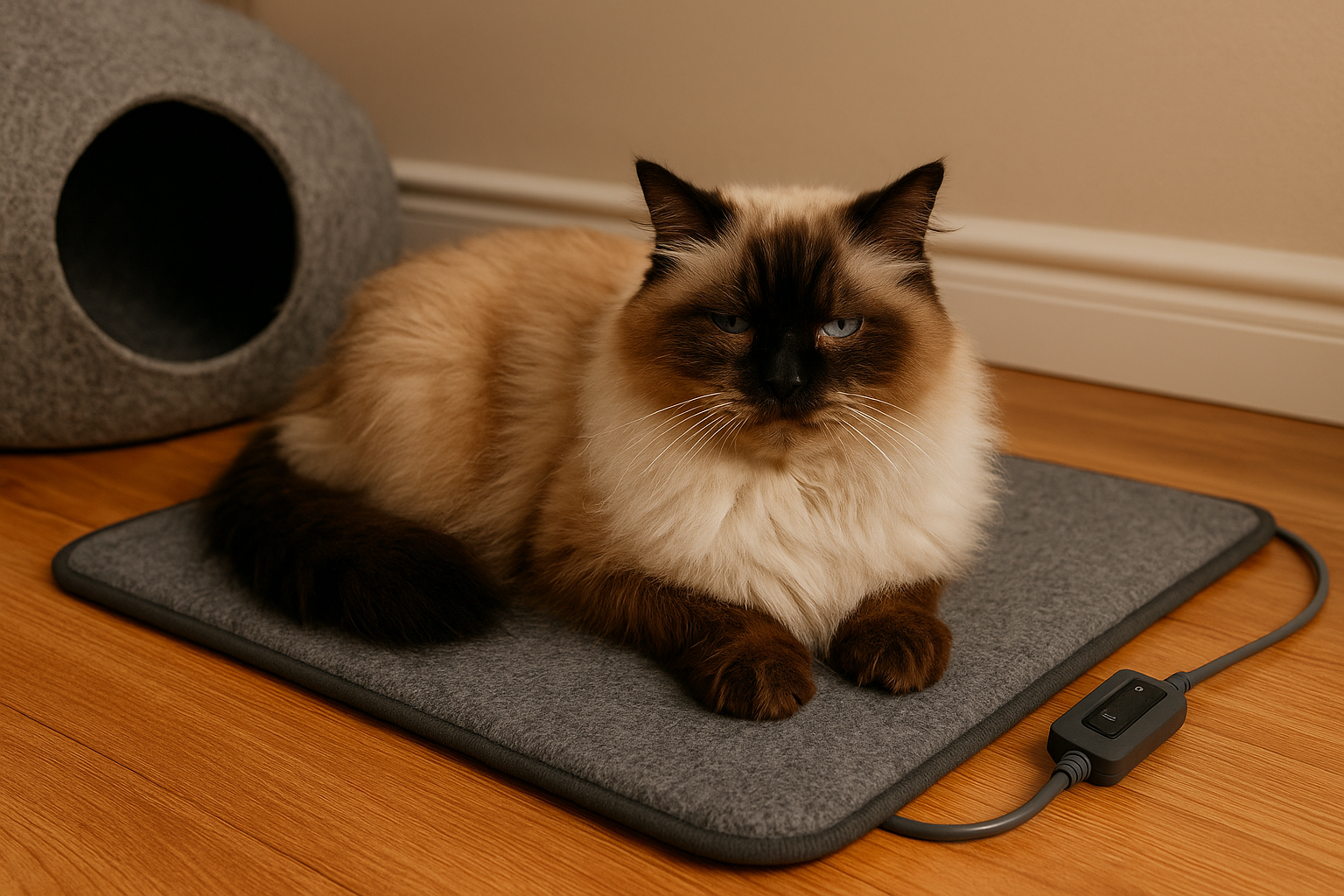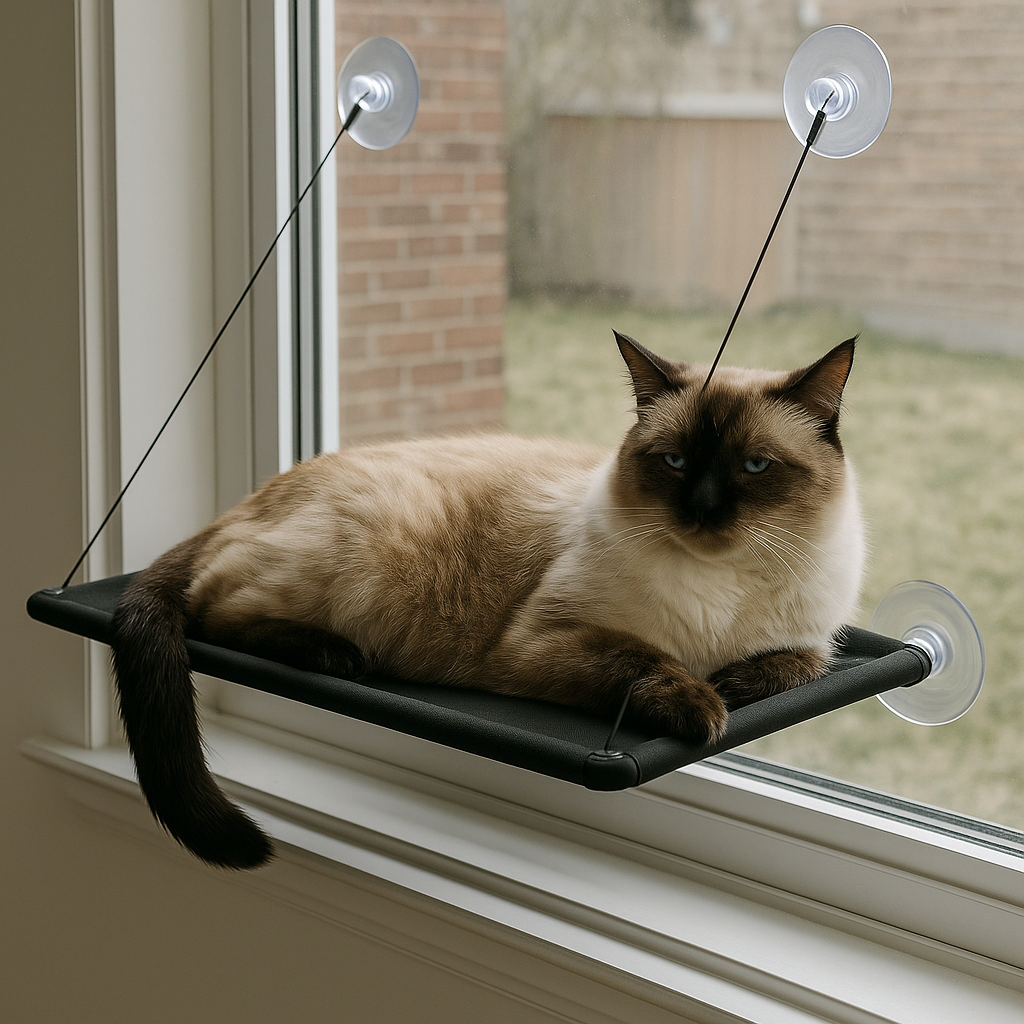Cat Claws 2025: Purpose, Care & Understanding Feline Behavior 🐾
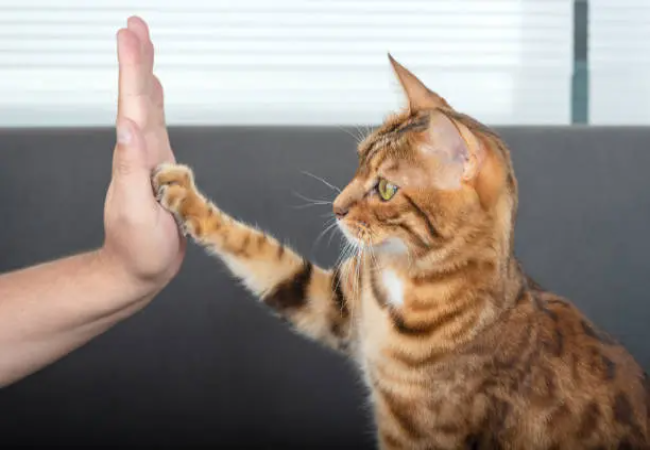
In this article
Cat Claws 2025: Purpose, Care & Understanding Feline Behavior 🐾
By Dr. Duncan Houston BVSc
Cats are fascinating creatures, and one of their most important physical features is their claws. Sharp, retractable, and versatile, claws are essential for a cat’s survival, communication, and overall well-being. But why do cats have claws, and how do they use them? Let’s take a closer look.
🔹 The Primary Functions of Cat Claws
Cats have claws primarily for hunting, climbing, and self-defense. Each function is vital to their natural instincts and daily life.
1. Hunting
-
In the wild, cats are natural predators. Their claws help them catch and hold onto prey, such as birds, rodents, or insects.
-
The sharpness of the claws allows cats to grip tightly and prevent their prey from escaping, increasing their chances of a successful hunt.
-
Even domestic cats retain this hunting instinct, often using their claws when playing with toys or interacting with moving objects.
2. Climbing
-
Cats are excellent climbers, thanks to their claws.
-
Whether ascending trees, fences, or furniture, claws provide grip and stability, enabling them to move vertically with ease.
-
Climbing is not just for fun; in the wild, it helps cats escape predators, find shelter, or reach vantage points for hunting.
3. Self-Defense
-
In times of danger, cats can use their claws as weapons to protect themselves.
-
Swiping or scratching with their claws can deter predators or rival cats.
-
Claws combined with agility make cats formidable when defending their territory or themselves.
🔹 Beyond Survival: Scratching and Communication
Claws aren’t just for survival—they also play a role in a cat’s daily communication and grooming:
-
Scratching Surfaces
-
Scratching is a natural behavior that helps remove the dead outer layer of claws, keeping them sharp and healthy.
-
Cats often scratch posts, furniture, or even walls as part of their grooming routine.
-
-
Territory Marking
-
Scratching releases scent markers from glands in a cat’s paws, signaling their presence to other cats.
-
This behavior helps establish territory, communicate with other cats, and reduce stress.
-
🔹 The Marvel of Retractable Claws
-
Cats’ claws are retractable, meaning they can extend them when needed and retract them when not in use.
-
This unique feature helps prevent unnecessary wear and damage, keeping claws sharp for hunting, climbing, and self-defense.
-
Retractable claws also allow cats to walk silently, which is crucial for stalking prey or avoiding predators.
🔹 Caring for Your Cat’s Claws
Even though cats are naturally equipped to maintain their claws, indoor cats may need help:
-
Scratching Posts: Provide vertical and horizontal posts to allow healthy scratching behavior.
-
Regular Trimming: Trim your cat’s claws if they become too long or sharp, especially for indoor cats to prevent injury or furniture damage.
-
Interactive Play: Encourage hunting-like play to help cats exercise their claws naturally.
🐱 Conclusion
Cat claws are more than just sharp tools—they are essential multifunctional instruments that support hunting, climbing, defense, grooming, and communication. Understanding how and why cats use their claws allows owners to better care for their feline companions, ensuring they remain healthy, happy, and stress-free.




